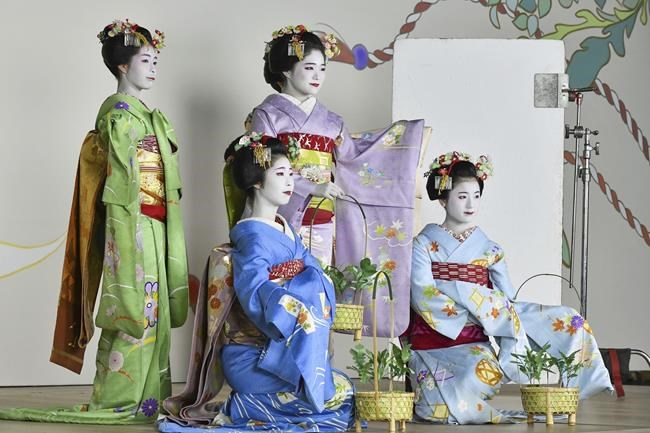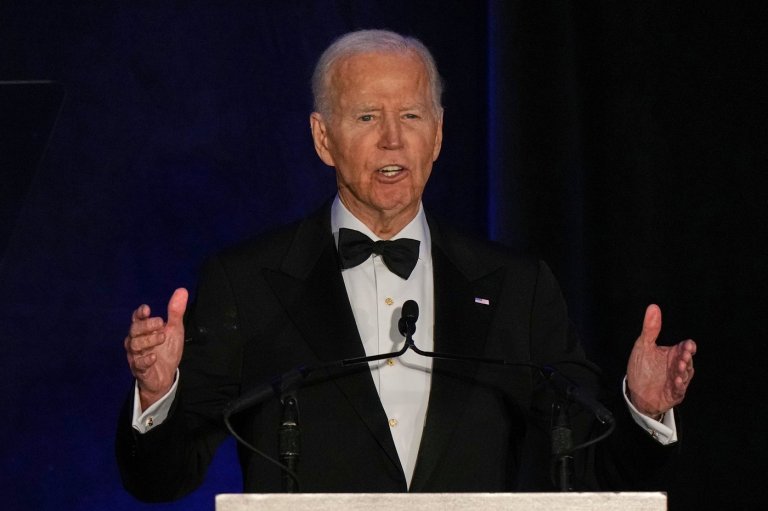
Kyoto’s picturesque geisha district fights back against over-tourism with keep-out signs
TOKYO (AP) — Japan’s ancient capital of Kyoto, long a popular destination for tourists, is closing off some private-property alleys in its famous geisha district because of complaints about misbehaving visitors.
Tourists crowd the narrow, quaint streets of the area called Gion, often following tour guides who show people around and lecture for long hours, local district official Isokazu Ota said Friday.
“We are going to put up signs in April that tell tourists to stay out of our private streets,” he told The Associated Press.
A sign will say in both Japanese and English: “This is a private road, so you are not allowed to drive through it,” although the keep-out warning is aimed mainly at pedestrians, not cars, as the Japanese wording refers to generically “passing through.”
“There will be a fine of 10,000 yen,” the sign adds, which comes to about $70 under recent currency conversion rates.
The ban covers just several blocks of Gion. The district’s public streets will remain open to tourists, so the area and the rest of Kyoto will still be teeming with visitors, both from Japan and around the world.
Gion’s outrage highlights brewing resentment at what many people feel is “over-tourism,” even though the Japanese economy depends more than ever on tourism revenue to sustain growth.
The district of winding alleyways is known for picturesque teahouses, where geisha and their maiko apprentices, wearing fancy kimono and hair ornaments, perform in dance and music.
In a city known for gorgeous temples and gardens, Gion is one of its most scenic and historical spots. Tourists, armed with cameras, like to wander around Gion, hoping to catch the women on their way to dance class or a fancy dinner party.
Complaints about over-zealous tourists began bubbling years ago, though the discontent cooled when the coronavirus pandemic brought a lull in tourism. Now, visitors are back with a frenzy.
Overseas tourist traffic to Japan is rebounding to pre-pandemic levels.
More than 22 million visitors came to Japan last year, eager to take in sushi, electronic gadgetry and the splendors of nature like Mount Fuji and the beaches of Okinawa. In 2019, incoming travel totaled more than 31 million people, and this year’s number could approach or even overtake that, experts say.
It’s been too much for many residents of Gion. Their local council summarized the less than eager sentiments a few months ago by proclaiming: “Kyoto is not a theme park.”
___
Yuri Kageyama is on X: https://twitter.com/yurikageyama
Join the Conversation!
Want to share your thoughts, add context, or connect with others in your community?
You must be logged in to post a comment.


















